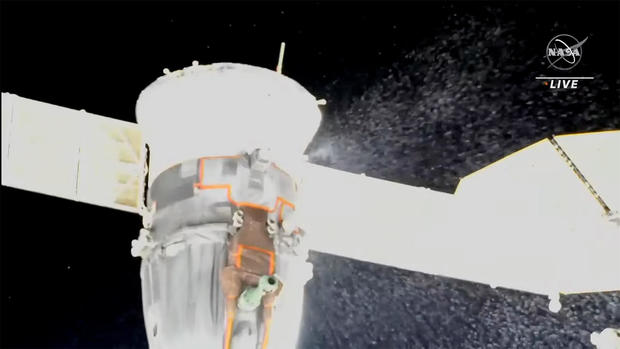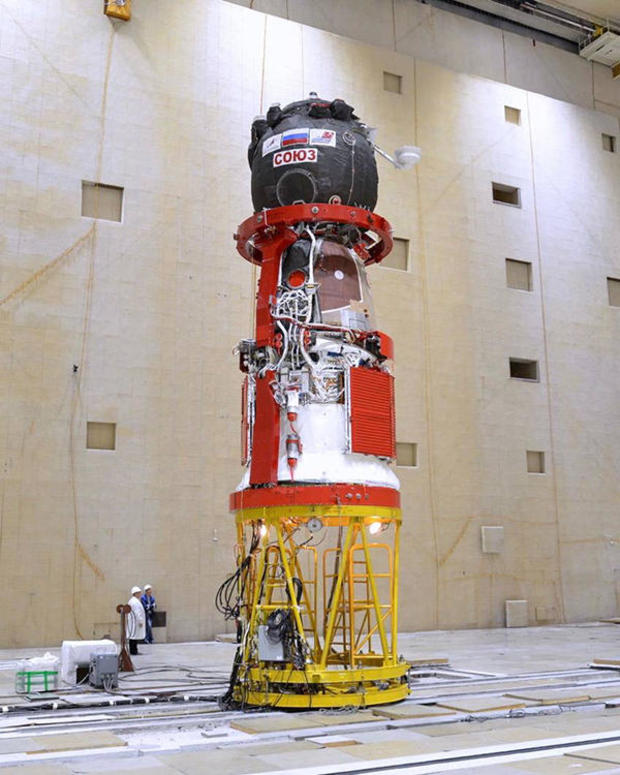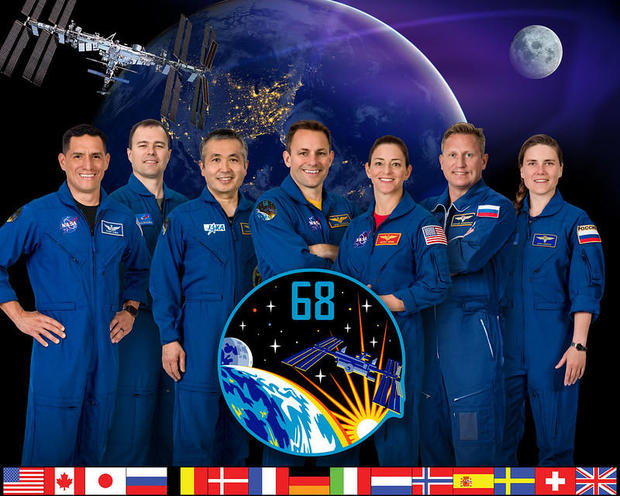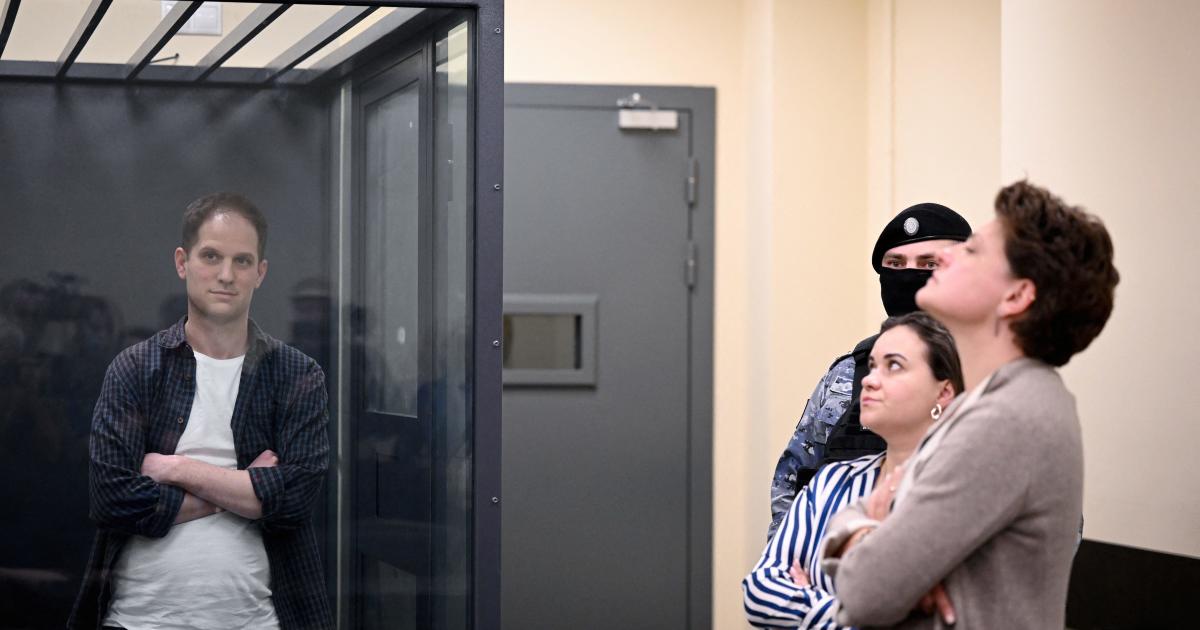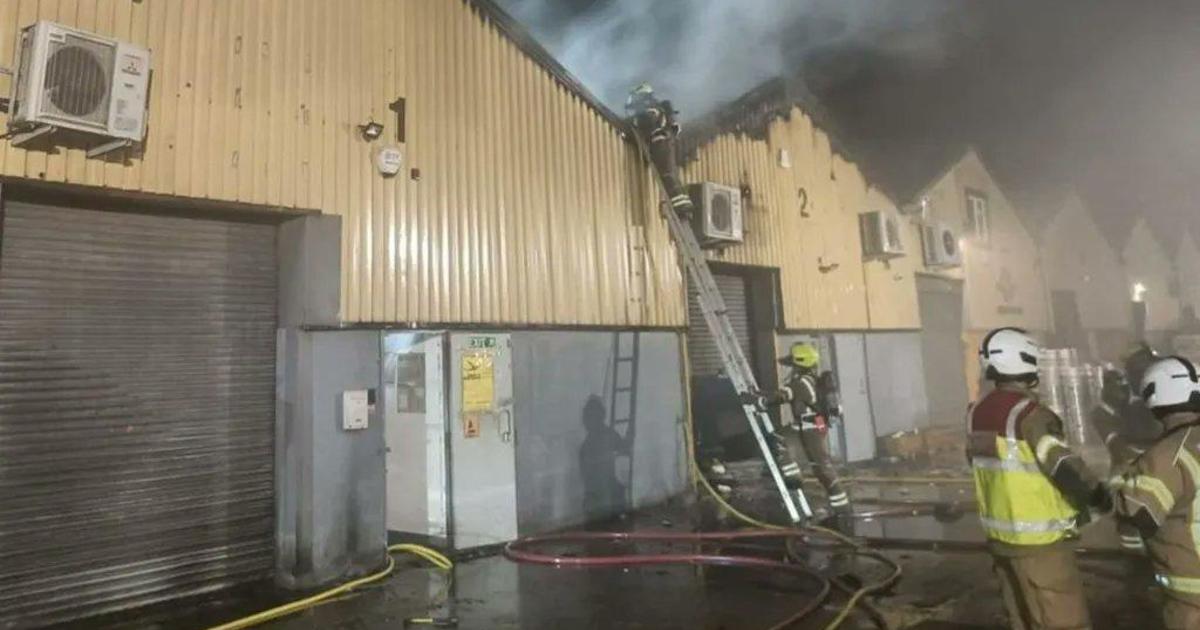Russia to launch unpiloted Soyuz to space station to replace damaged ferry ship
Russian engineers have concluded a Soyuz space station crew ferry ship that was damaged last month by a presumed micrometeoroid impact cannot be used to safely bring two cosmonauts and a NASA astronaut back to Earth in late March as planned, officials said Wednesday.
Instead, the next Soyuz in the sequence, MS-23, will be launched Feb. 20, several weeks ahead of schedule, without a crew on board.
The crew of the damaged Soyuz MS-22 spacecraft — cosmonauts Sergey Prokopyev, Dmitri Petelin and NASA's Frank Rubio — will extend their stay aboard the lab to nearly a year and return to Earth in the late summer or early fall aboard the MS-23 ferry ship.
"We will probably extend stay of this crew ... on board the station for extra several months," said Sergei Krikalev, a veteran cosmonaut and director of human spaceflight operations for Roscosmos, the Russian federal space agency.
"What will be exact day to send replacements for them is not decided yet, but it's going to be a several months' longer mission," he said in English during a teleconference in Moscow.
The replacement crew that originally planned to launch aboard the Soyuz MS-23 spacecraft in March — Oleg Kononenko, Nikolai Chub and NASA astronaut Loral O'Hara — will now await reassignment to a downstream flight.
The next NASA-sponsored SpaceX Crew Dragon flight, known as Crew 6, remains on track for launch in late February as originally planned. The Crew 5 Dragon will depart with its four-person crew a week or so after that.
Asked how Prokopyev, Petelin and Rubio responded to news of a much-longer-than-planned stay in space, Joel Montalbano space station program manager at the Johnson Space Center in Houston, said "the awesome thing about our crews is they're willing to help wherever we ask."
"The crews are prepared to stay until (September) if that's the case," he said from Moscow. "The crews are excited to be in space, excited to do the research that we do on orbit. So they are ready to go with whatever decision we give them."
As for the unpiloted MS-23 spacecraft, "we're not calling it a rescue Soyuz," he said. "Right now, the crew is safe on board the space station. ... And so I'm calling it a replacement Soyuz."
"This is the next Soyuz that was scheduled to fly in March," he went on. "It will just fly a little earlier. There's no immediate need for the crew to come home today, all the systems are operating."
The Soyuz MS-22 ferry ship that carried Prokopyev, Petelin and Rubio to the station last September was damaged Dec. 14 when a micrometeoroid impact ruptured a coolant line. The incident occurred as Prokopyev and Petelin were preparing to float outside the lab for an already-planned spacewalk.
The spacewalk was called off as television cameras on the station showed a torrent of icy coolant streaming away into space over the next several hours. Temperatures in the spacecraft initially remained at "acceptable levels," the Russians said, and all the ship's other systems appeared to be working normally.
But engineers eventually concluded temperatures in the crew compartment would climb to 100 degrees Fahrenheit or higher during a normal re-entry, when computers and other electronic systems would be up and running to support a full three-person crew.
An engineering analysis shows the damaged Soyuz should still be able to carry out an automated uncrewed landing in Kazakhstan despite the higher temperatures. But it's not a sure thing.
The current plan, Krikalev said, is to transfer custom seat liners and other crew-specific equipment from the damaged MS-22 vehicle to the replacement MS-23 and then to send the former back to Earth in mid to late March.
NASA and Russian space station managers are still assessing options for what they might do if an evacuation-level emergency develops aboard the space station between now and when the replacement Soyuz arrives.
"If we had an emergency right now ... and then if you had to evacuate, which would be a very rare occurrence, you would go (back to Earth) in your respective vehicles," Montalbano said. "But in parallel, we have been talking to SpaceX and looking at an option of what we can do with the SpaceX (Crew 5) vehicle."
Space station astronauts and cosmonauts rely on the vehicles that carried them to the lab both for normal end-of-mission returns and for lifeboat duty in the event of a catastrophic failure, medical emergency or some other problem that might require an immediate departure.
The three-seat Soyuz and four-seat Crew Dragon spacecraft require custom-fitted crew pressure suits, seats and other equipment intended for the crew members that launched aboard each vehicle.
The Soyuz cannot physically accommodate an additional crew member, but the Dragon could, in theory, bring one or more additional astronauts home in an emergency even though it only has four seats and could not accommodate a Russian pressure suit.
But bringing a Soyuz crew member home on the Dragon, even in shirtsleeves, would reduce the cooling requirements on the MS-22 spacecraft, which then could attempt a return with a reduced crew complement.
"We decided ... that Soyuz is not good for nominal re-entry," Krikalev said. "But in case of emergency, with extra risk, we are going to use the Soyuz, although together with our NASA colleagues we are looking at several options to minimize this risk. Maybe move crew members, at least one crew member, to Dragon."
But that is a strictly last-resort sort of option, and neither NASA nor Roscosmos expects to actually carry out any such scenario.
